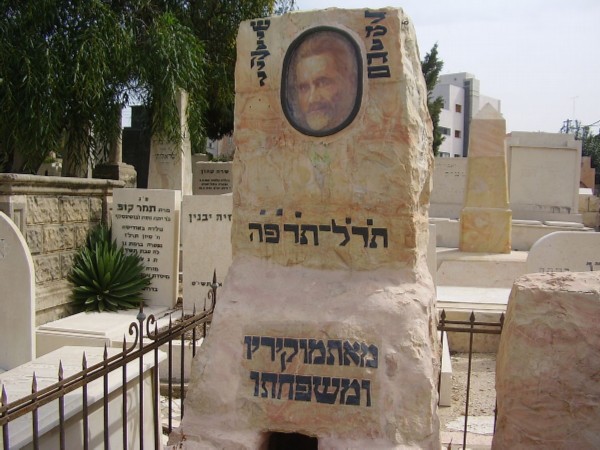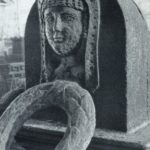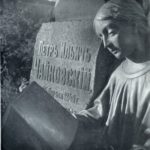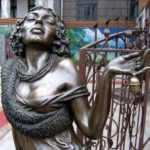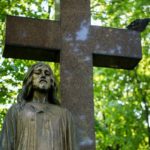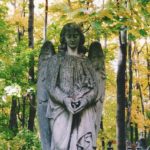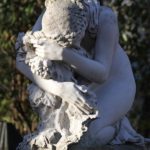Trumpeldor Cemetery in Israel
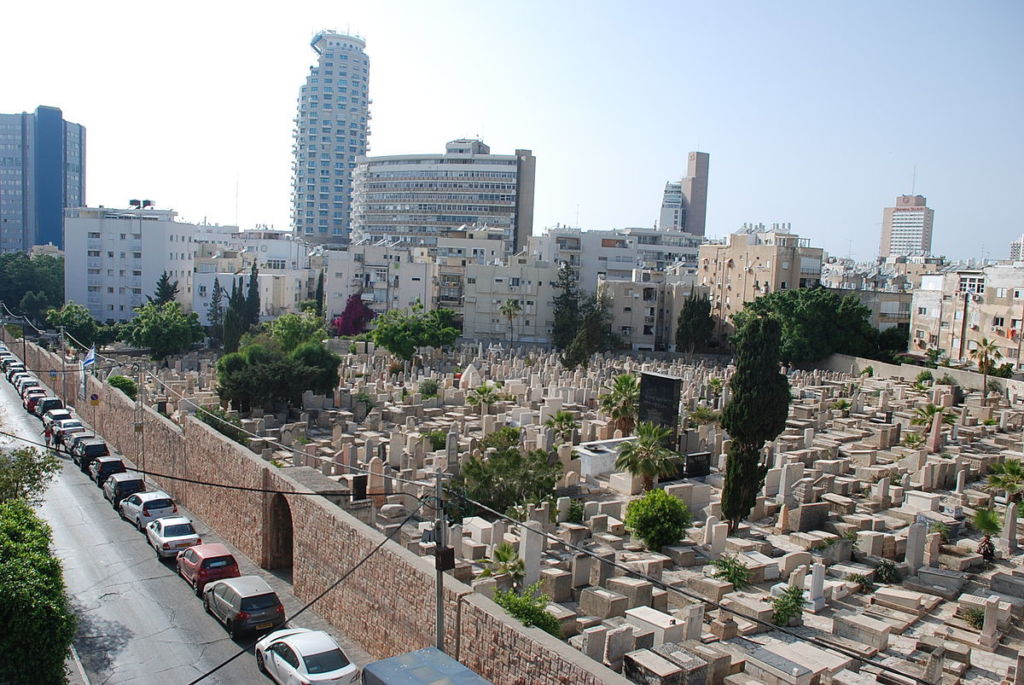
Trumpeldor Cemetery, one of the most famous in Israel, is located in the center of Tel Aviv. There is no rural charm in it, as in the old cemetery on Lake Kinneret, there is no solemnity of the national memorial on Mount Herzl, there is no holiness of the place, as in the ancient cemetery on the Mount of Olives.
However, the list of celebrities buried here is huge – Zionist leaders, statesmen, thinkers, writers, artists, singers rest on an area of 4 hectares. This pantheon is older than Tel Aviv, in which it is located. The cemetery appeared here in 1902, when a cholera epidemic broke out in Palestine.
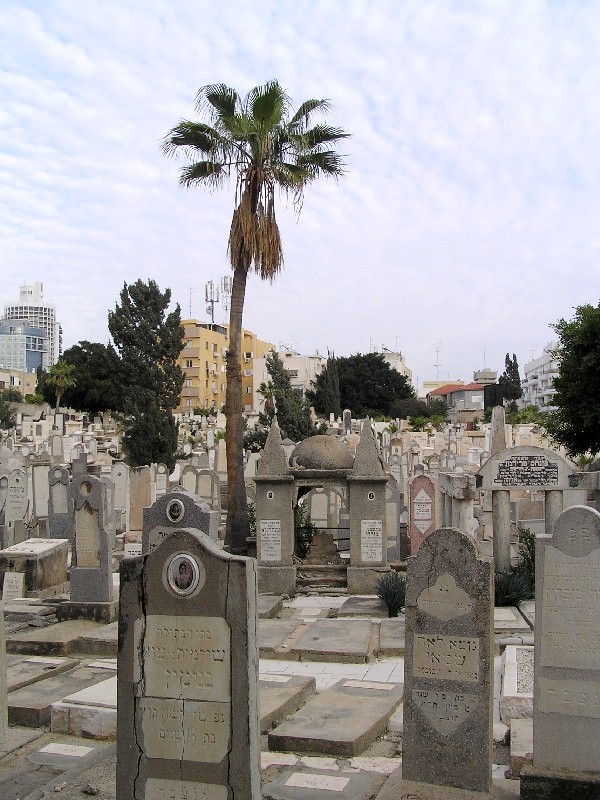
Buried in the cemetery during the epidemic
The Turkish authorities ordered that the dead of cholera be buried separately and allocated for this to Arabs and Jews a plot of land outside Jaffa. The Jews buried the first two bodies at different ends of their site in order to mark its boundaries.
It was believed that in order to stop the epidemic, two ceremonies had to be performed at the cemetery: laying a Torah scroll in the grave and marrying orphans. And so they did – they buried the scroll and under the drums, with dancing they held the marriage of two orphan sisters. That same evening it began to rain, and the heat, which contributed to the spread of the disease, subsided. The epidemic is over.

Burial ban at Trumpeldor Cemetery
For a long time after that, the Jewish community of Jaffa tried to bury the dead in the city, and not here in the dunes. Then there was only sand around the new cemetery, which often swallowed up the graves. To protect against wandering dunes, a wall was built in 1909, but many tombstones had disappeared before that. In addition, it is easy to get lost in the dunes.
According to Jewish custom, the deceased must be buried on the day of death. It was often necessary to do this after sunset, and the funeral processions in the dark could not always find the cemetery among the sands. Urban legends tell of two cases – in the first, the pallbearers reached as far as the Yarkon River and realized their mistake when they felt water under their feet. In the second case of a lost procession, Meir Dizengoff pointed out the right path.
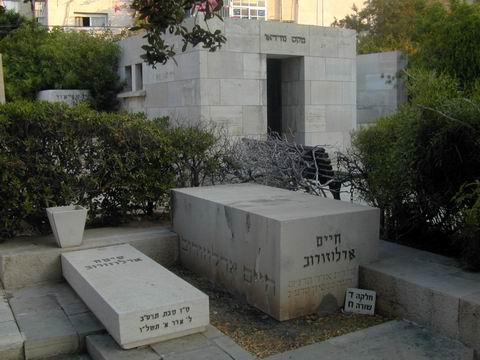
Perhaps it was this episode that prompted Dizengoff, when he later became the first mayor of Tel Aviv, that the road to the cemetery should be lit – they put a pole with a lamp on the way and made sure that the fire burned in it. Tel Aviv grew rapidly and soon literally surrounded the cemetery: it is densely furnished with residential buildings – windows overlooking the graves.
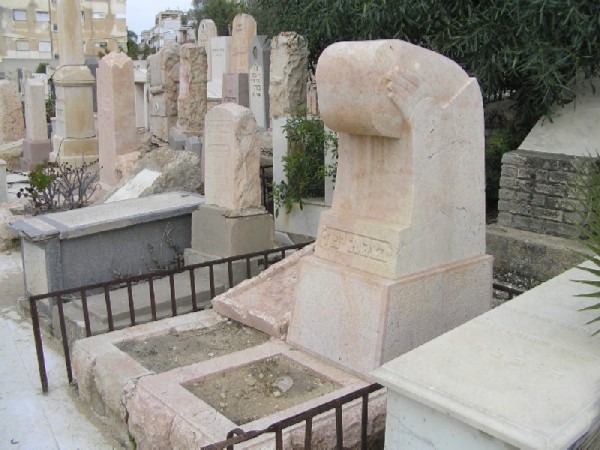
In 1932, it was officially announced that burials are prohibited here – except in special cases. There have been more than a thousand special cases since then. Now there are about 5 thousand graves in the cemetery. Many “ordinary people” are buried here, there are also mass graves in which those who died during the Arab unrest of 1921-1936 are buried.
But visitors are more likely to look for tombstones with the names of famous personalities.
Here lie: one of the founding fathers of Tel Aviv Meir Dizengoff, the leader of the Zionist movement Chaim Arlozorov, the second Prime Minister of Israel Moshe Sharett, the philosopher Ahad ha-Am, the great Jewish poets Chaim Bialik and Shaul Chernihovsky, the artists Reuven Rubin and Nachum Gutman, singer Shoshana Damari… Among the last graves is the grave of the country’s favorite singer Arik Einstein, who died in 2013.
